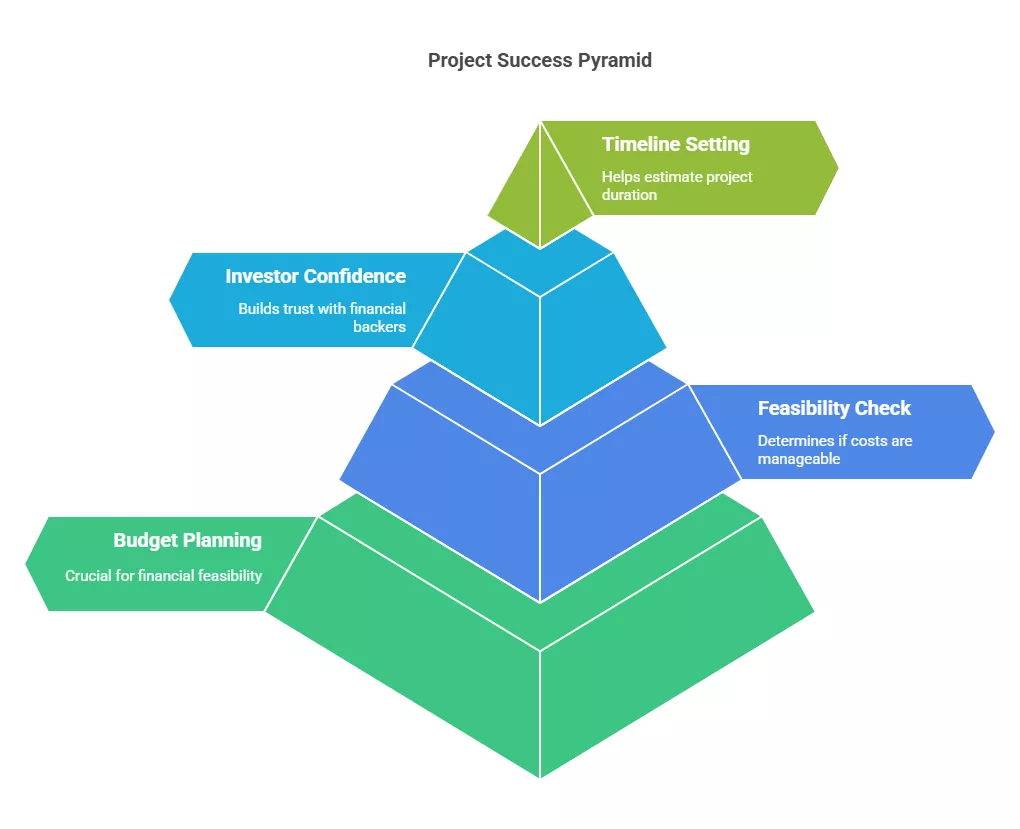Ranked #1 in Accurate and Reliable Estimation Services
A Fastest Turnaround 24 Hours!
Ranked #1 in Accurate and Reliable Estimation Services
A Fastest Turnaround 24 Hours!
Ranked #1 in Accurate and Reliable Estimation Services
A Fastest Turnaround 24 Hours!
Ranked #1 in Accurate and Reliable Estimation Services
A Fastest Turnaround 24 Hours!

If you’re planning a project—whether it’s building a new home, developing a commercial space, or even renovating an office—you’ll need to have an idea of the costs upfront. This is where a Preliminary Estimate comes in. As someone who has been involved in many construction and real estate projects, I can tell you that a preliminary estimate is one of the first things we do to help plan and get the project started.
A Preliminary Estimate is an early guess of how much a project is likely to cost. It’s based on the basic details of the project, like the size, design, and location, but without the full design or detailed planning in place yet. Think of it as a rough figure that helps you understand what kind of budget you’ll need to get the project off the ground.
I remember working on a small commercial building where we only had the basic floor plans and zoning details at first. The preliminary estimate was essential for getting the project approved. It helped the client figure out whether they could afford the project and move forward with securing funding.

From my experience, a Preliminary Estimate does a lot more than just give a number—it plays a key role in getting the project off the ground.
Creating a preliminary estimate isn’t just a guess—there’s a process behind it. From my years of experience, here’s how I approach creating an accurate estimate:
Although preliminary estimates are helpful, they are not perfect. From my own experience, there are several factors that can make these estimates change:
At Axis Estimation, we understand how important a Preliminary Estimate is to the success of your project. With years of experience in construction and real estate development, we’ve helped many clients get the estimates they need to make smart, informed decisions about their projects.
Whether you’re working on a home renovation, a new office building, or a large-scale development, our Preliminary Estimation Services can give you a clear idea of the costs involved, right from the start.
A Preliminary Estimate is one of the first steps in any project. It helps you understand what the costs might be and whether the project is feasible. Although these estimates are not set in stone, they are an important tool for budgeting, planning, and securing investment.
From my experience, having a reliable estimate early on can save a lot of time and money. At Axis Estimation, we provide professional estimation services that help you take the first step toward a successful project. Get in touch with us today to learn more!
1 Comment
Lynne4073
Awesome